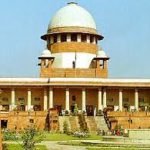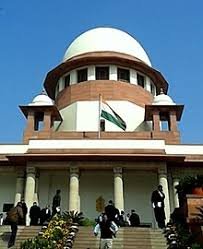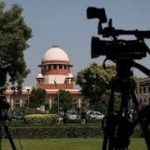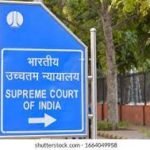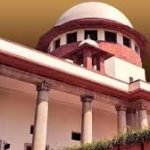The appellant, Ayyavu, sought injunctions to remove a granite construction and prevent interference with his property, claiming ownership through a 1988 sale deed from Mariyammal. Conversely, the respondents, including the Gram Panchayat, contended that the disputed portion, an old well, was not included in Ayyavu’s purchase and was instead settled by Mariyammal to the Panchayat. The case progressed through various courts, with the Trial Court dismissing the suit, the First Appellate Court reversing that decision, and the High Court again dismissing it, leading to the current Supreme Court appeal, which ultimately ruled in favor of the appellant, Ayyavu.
Specific Relief Act, 1963, Section 38, 39 – Civil Procedure Code, 1908, Section 100 – Perpetual injunction and mandatory injunction – Findings of fact – Interference in second appeal – Plaintiff and the defendants rest the case through ‘M’ – It is the case of the plaintiff that ‘M’ sold an extent of 21 cents within the boundaries described in the sale deed – As could be noted and appreciated from the Commissioner’s Report, one quarter of the cent is the disputed property.
Held that High Court failed to appreciate that to deny enjoyment or actual possession of FGHI, the boundaries in the sale deed, play an important role – The Sale Deed-Exhibit-A1 does not reflect that ‘M’ retained a portion after selling 21 cents to the plaintiff – The defendants claimed that under a settlement deed, the disputed property stood vested in the Gram Panchayat – The fallacy noted by the High Court in the said contention is that the series of Exhibits – B1 to B8 cannot in the eyes of law be treated as lawfully conveying anything in favour of Gram Panchayat, much less the disputed extent that stood vested in the Gram Panchayat – High Court ought to have accepted the plaintiff’s case by appreciating the exhibits marked by both parties, who claimed through ‘M’, and the description of the schedule property in Exhibit-A1 by juxtaposing the same with the Commissioner’s Report and plan drawn to sketch – Further, the framing of the suit was not an issue before the Trial Court and the first Appellate Court – Non-suiting the plaintiff on that ground held unsustainable – Having appreciated the Commissioner’s Report and juxtaposing the same with the findings of the first Appellate Court, the High Court committed an error in deciding the findings of fact which do not suffer from perversity or misreading of evidence under Section 100 of the Civil Procedure Code, 1908 – Impugned Judgment in Second Appeal liable to be set aside.
(Para 11 and 12)
Ayyavu V. Prabha
Supreme Court: 2025 INSC 336: (DoJ 07-03-2025)

